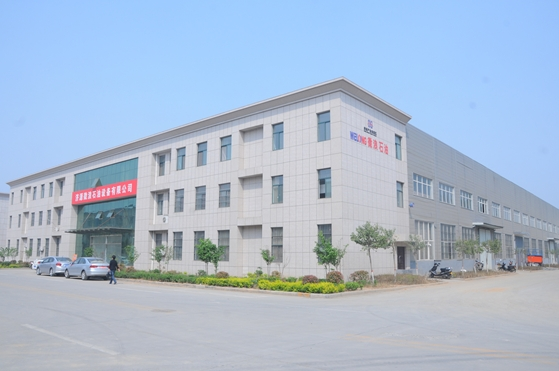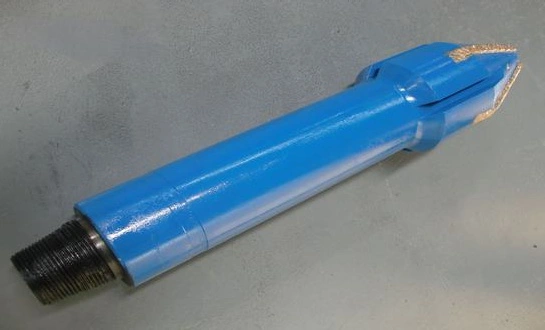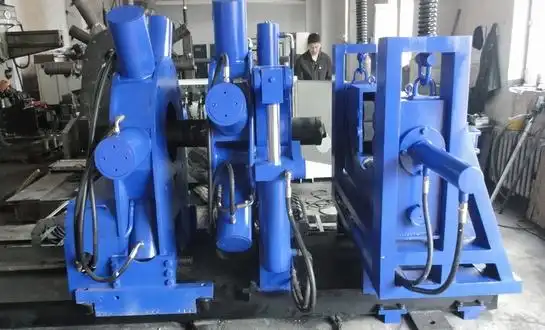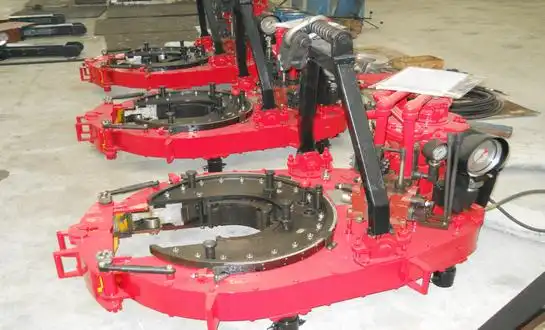How does forging improve the performance of 42CrMo4 shafts?
Enhanced Mechanical Properties
Forging significantly improves the mechanical properties of 42CrMo4 shafts, making them better suited for high-demand applications. Through the forging process, the metal's grain structure is aligned in a way that enhances its overall strength, toughness, and fatigue resistance. This alignment leads to better load distribution across the shaft, allowing it to withstand higher stresses and endure the intense forces it may encounter, especially in high-speed rail systems. The increased strength from the refined grain structure also contributes to the shaft’s ability to resist deformation, providing reliable performance in critical applications where safety and precision are essential. Consequently, 42CrMo4 shaft forging plays a crucial role in ensuring that the shafts can endure the mechanical demands placed upon them over long periods.
Increased Durability and Longevity
One of the primary benefits of 42CrMo4 shaft forging is its contribution to the durability and longevity of the shafts. The forging process helps eliminate internal defects, such as voids and inclusions, which can weaken the material and lead to premature failure. By creating a more uniform microstructure, forged 42CrMo4 shafts exhibit superior resistance to wear, corrosion, and impact. This enhanced durability is essential for components exposed to harsh environments like those found in high-speed rail systems, where reliability is crucial. With fewer defects and a more robust microstructure, forged shafts experience less wear over time, resulting in a longer service life. As a result, rail operators benefit from reduced downtime and fewer maintenance requirements, which directly contributes to the overall cost-effectiveness of the rail system.
Improved Dimensional Accuracy
Forging also plays a key role in achieving improved dimensional accuracy for 42CrMo4 shafts. The process allows manufacturers to produce shafts with tighter tolerances and precise dimensions, ensuring a perfect fit within the complex and often intricate rail system. This level of accuracy is crucial for minimizing issues such as vibration, which can affect performance and cause unnecessary wear on other components. Additionally, the ability to create near-net-shape components through forging reduces the need for extensive machining, lowering material waste and decreasing production time. The combination of precision and efficiency ensures that the forged 42CrMo4 shafts not only meet stringent performance requirements but also contribute to a streamlined manufacturing process. In high-speed rail applications, where every detail matters, the dimensional accuracy provided by forging is essential to the overall system's success.
What are the latest technologies in 42CrMo4 shaft forging?
Precision Closed-Die Forging
Precision closed-die forging has become a key technology in the production of 42CrMo4 shafts, offering significant improvements in both quality and efficiency. This advanced method employs computer-controlled hydraulic presses and custom-designed dies to shape the material with incredible precision. By using this technique, manufacturers can achieve components with tight dimensional tolerances and excellent surface finishes. The closed-die process also minimizes material waste, as it requires less material compared to other methods. Furthermore, because the components are closer to their final shape, there is less need for additional machining after forging, reducing production costs and time. This precision is especially important for applications like high-speed rail systems, where the shafts must meet stringent specifications for performance and safety.

Induction Heating and Controlled Cooling
The combination of induction heating and controlled cooling has transformed the heat treatment process for 42CrMo4 shafts. Induction heating allows for precise and localized temperature control, which is crucial for ensuring consistent and uniform grain structure throughout the shaft. By carefully controlling the heating process, the material's microstructure can be optimized to enhance its mechanical properties, such as strength, toughness, and fatigue resistance. After heating, the shafts undergo controlled cooling, a critical step that ensures uniform hardening across the entire component. This carefully regulated heat treatment process results in shafts that not only have superior mechanical performance but also exhibit greater resistance to wear and stress. In high-demand applications like rail systems, these enhanced properties directly translate to increased durability and longevity, minimizing maintenance needs.
Advanced Non-Destructive Testing (NDT) Methods
The adoption of advanced non-destructive testing (NDT) methods has significantly bolstered the quality assurance process in 42CrMo4 shaft forging. Techniques such as ultrasonic testing, eddy current inspection, and computed tomography (CT) scanning are employed to detect even the most minute internal defects or inconsistencies. These methods allow manufacturers to identify potential weaknesses that may not be visible to the naked eye, ensuring that only the highest-quality shafts are used in production. With NDT, the risk of defects slipping through the quality control process is minimized, resulting in components that are more reliable and durable. This enhanced quality control is particularly important in critical applications like high-speed rail systems, where the performance and safety of every component are paramount. By ensuring that every 42CrMo4 shaft meets the highest standards, manufacturers can confidently deliver products that are both high-performing and long-lasting.
Why is 42CrMo4 preferred for heavy-duty rail shaft components?
Exceptional Strength-to-Weight Ratio
42CrMo4 alloy boasts an exceptional strength-to-weight ratio, making it ideal for heavy-duty rail shaft components. This characteristic allows engineers to design shafts that can withstand enormous loads while maintaining relatively low weight, contributing to the overall efficiency of the rail system. The high strength of 42CrMo4 enables the production of slimmer, more compact shafts without compromising on performance.
Superior Fatigue Resistance
The superior fatigue resistance of 42CrMo4 is a key factor in its preference for rail shaft components. High-speed rail systems subject shafts to continuous cyclic loading, which can lead to fatigue failure in lesser materials. 42CrMo4's ability to withstand these repeated stresses over extended periods ensures the longevity and reliability of critical components, reducing the risk of catastrophic failures and minimizing maintenance downtime.
Excellent Machinability and Heat Treatment Response
Despite its high strength, 42CrMo4 exhibits excellent machinability, allowing for precise finishing and complex geometries in shaft design. Additionally, the alloy responds exceptionally well to heat treatment processes, enabling manufacturers to fine-tune its mechanical properties to meet specific application requirements. This versatility makes 42CrMo4 an ideal choice for a wide range of rail shaft components, from drive shafts to axles.
Source: CHINA WELONG-Oilfield tools Manufacturer
FAQ about Shaft forging
What is the difference between hot forging and cold forging for shafts?
Hot forging involves heating the metal above its recrystallization temperature before shaping, allowing for easier deformation and the creation of larger, more complex parts. Cold forging, performed at room temperature, offers tighter tolerances and better surface finish but is limited to smaller components and certain materials.
How does shaft forging compare to other manufacturing methods?
Shaft forging generally produces components with superior strength and durability compared to casting or machining from bar stock. Forged shafts have a more refined grain structure and fewer internal defects, resulting in better mechanical properties and longer service life.
What quality control measures are essential in shaft forging?
Critical quality control measures in shaft forging include dimensional inspection, non-destructive testing (such as ultrasonic and magnetic particle inspection), mechanical property testing, and microstructure analysis. These ensure that forged shafts meet the stringent requirements for high-performance applications like high-speed rail systems.
In conclusion, the innovations in 42CrMo4 shaft forging have significantly contributed to the advancement of high-speed rail systems. These technological breakthroughs have resulted in components that offer unparalleled performance, reliability, and safety. As the demand for faster and more efficient transportation continues to grow, the ongoing development of forging techniques for 42CrMo4 shafts will play a crucial role in shaping the future of rail infrastructure. For more information on cutting-edge forging solutions and high-quality components for the oil and gas industry, please contact us at oiltools15@welongpost.com. Welong is committed to providing innovative and reliable solutions to meet the evolving needs of various industries.





